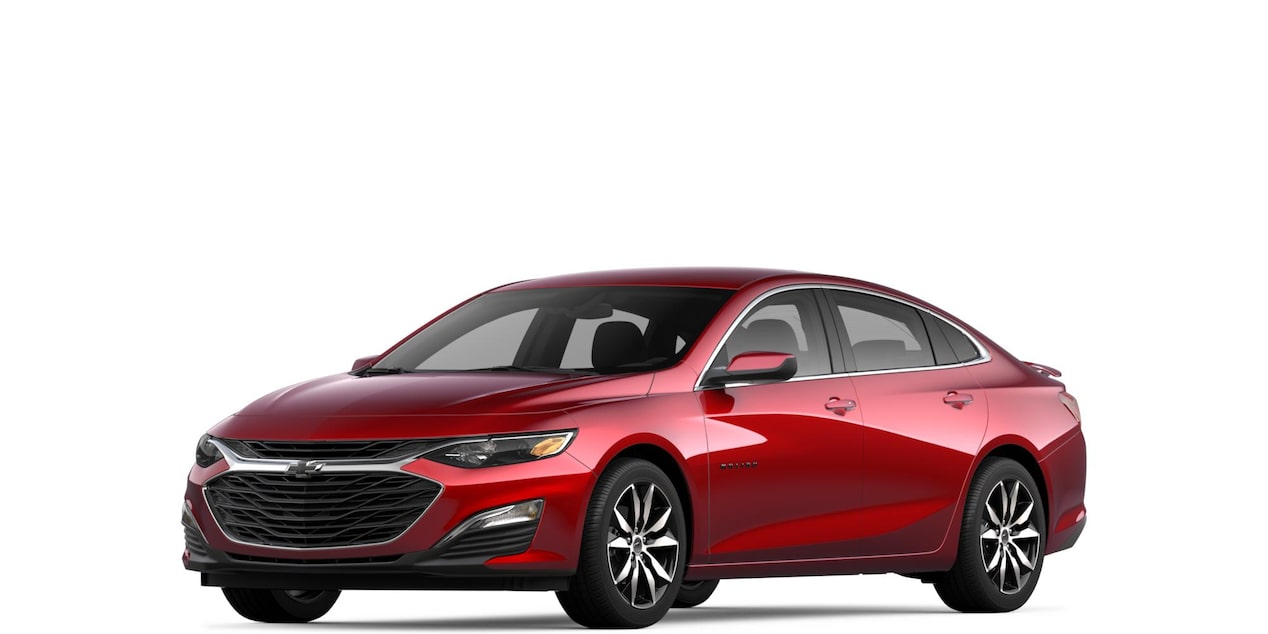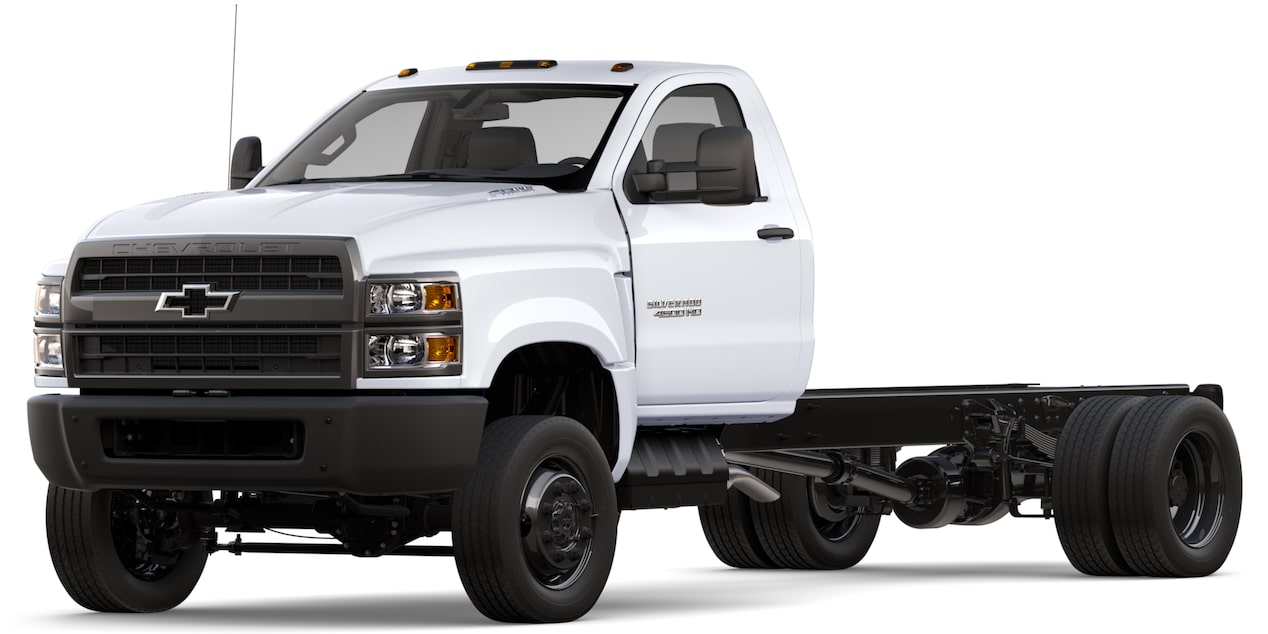Brakes – for all the stops along the road of life
Stopping power is crucial for a safe and successful driving experience. When you need new brakes or it’s time for a brake inspection, visit your local Chevrolet dealer where Certified Service experts understand your car, truck, or SUV better than anyone. When maintenance as critical as brake service is required, why go anywhere else?
Brake service and replacement
The major components of a braking system, like pads, rotors and caliper, will need to be repaired or replaced as part of regular brake service and maintenance during the lifespan of a vehicle
Are your brakes signaling a problem?
Sometimes, your Chevrolet vehicle’s brakes will alert you when there’s trouble. Whistling noises, chirping sounds, and grinding are indications that brake service is required. Here are some common causes of brake pedal pulsation and/or noise:
Vehicles often come equipped with a small, thin piece of metal attached to the brake pad to act as a warning indicator when the pad material is getting low and the brake pads should be replaced. This device makes a chirping noise on brake application, letting you know it’s time to have your brakes serviced.
Knowing the warning signs
There are signs to watch and listen for that may indicate it’s time for brake maintenance. Paying attention to these common warning signs and keeping up with regular maintenance will help you avoid costly repairs down the road.




































